Designing a kitchen that’s both beautiful and functional takes more than a few stylish choices; it’s about creating harmony between space, purpose, and personality. The modern kitchen design movement began around the 1940s, when efficiency became a key focus in home layouts. Over the decades, trends have evolved, but the foundation remains the same: thoughtful planning, practical layouts, and timeless materials. A successful kitchen blends comfort, efficiency, and aesthetic appeal to create the perfect heart of your home.
1. Define Your Kitchen’s Core Purpose
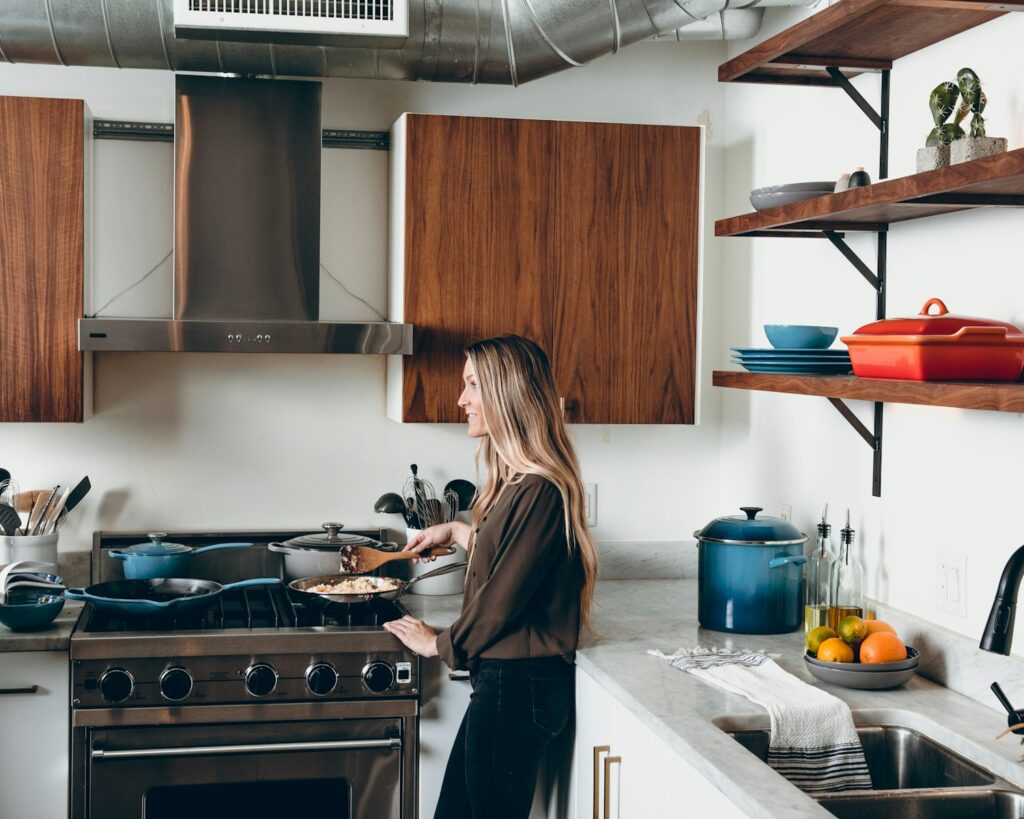
Before choosing cabinets or tiles, think about how you use your kitchen daily. Is it a family hub, a chef’s workspace, or a place for casual dining? The “kitchen work triangle” concept introduced in the 1950s revolutionized this thinking, emphasizing flow between key zones. Understanding your kitchen’s core function ensures your design choices support your lifestyle. Whether you prioritize entertaining or meal prep, your design should enhance convenience, efficiency, and comfort every single day.
2. Plan a Practical Layout
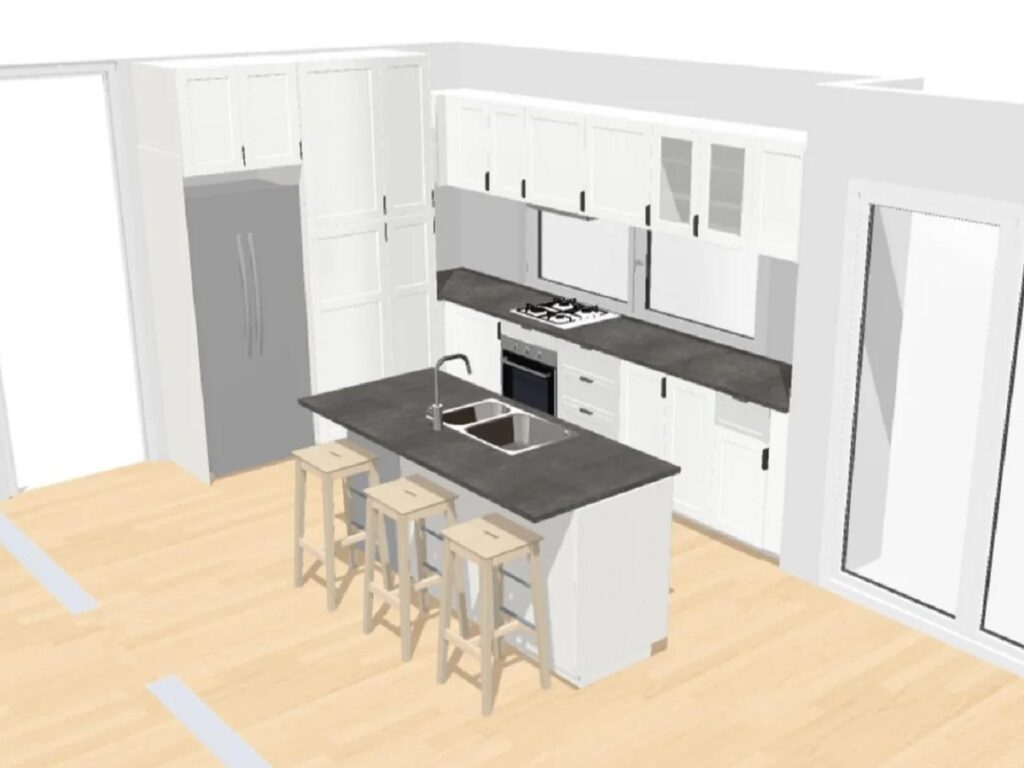
A kitchen layout determines how smoothly your space operates. Common layouts like L-shaped, U-shaped, and galley designs were popularized in the 1960s for maximizing movement and efficiency. Consider how you move between your sink, stove, and refrigerator, the crucial work triangle. A good layout reduces clutter, prevents bottlenecks, and improves workflow. Even small kitchens can feel spacious when the layout is intentional, allowing for both functionality and fluidity without compromising style or comfort.
3. Prioritize Natural Lighting
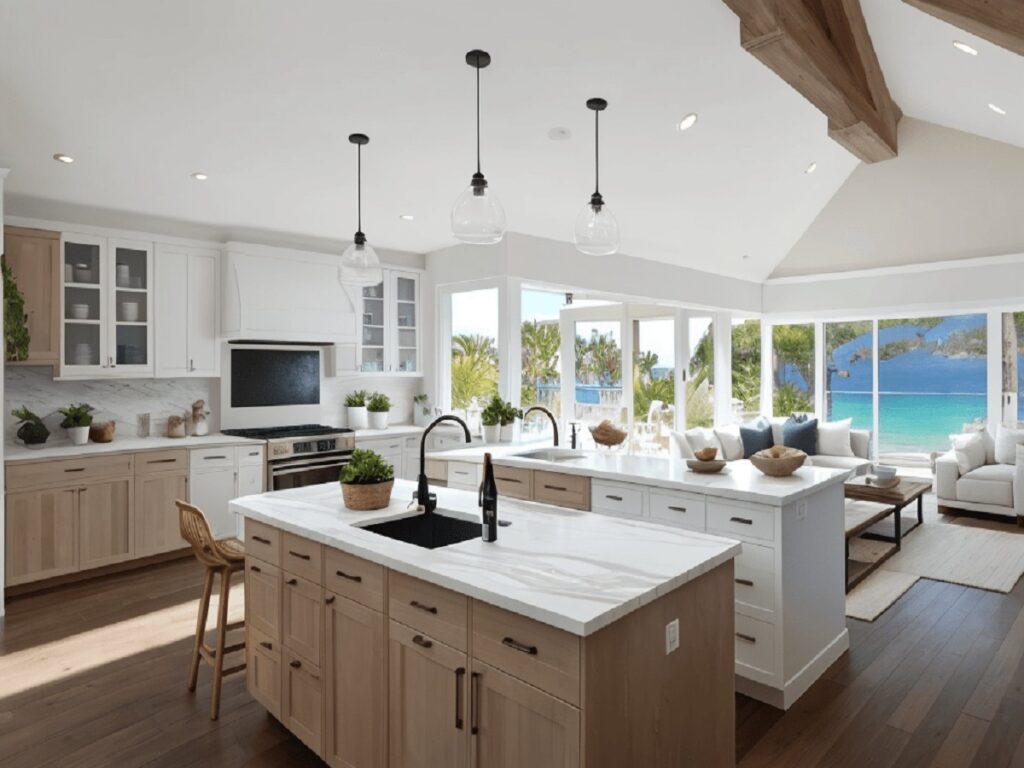
Lighting plays a huge role in shaping the kitchen’s mood and usability. Natural light was first emphasized in design planning during the 1980s as architects began using larger windows and skylights. Sunlight makes a kitchen feel open, inviting, and warm. Position counters or sinks near windows when possible. Complement natural light with soft, layered illumination for evenings. Proper lighting enhances both functionality and ambiance, ensuring your kitchen looks and feels welcoming any time of day.
4. Choose Durable Materials
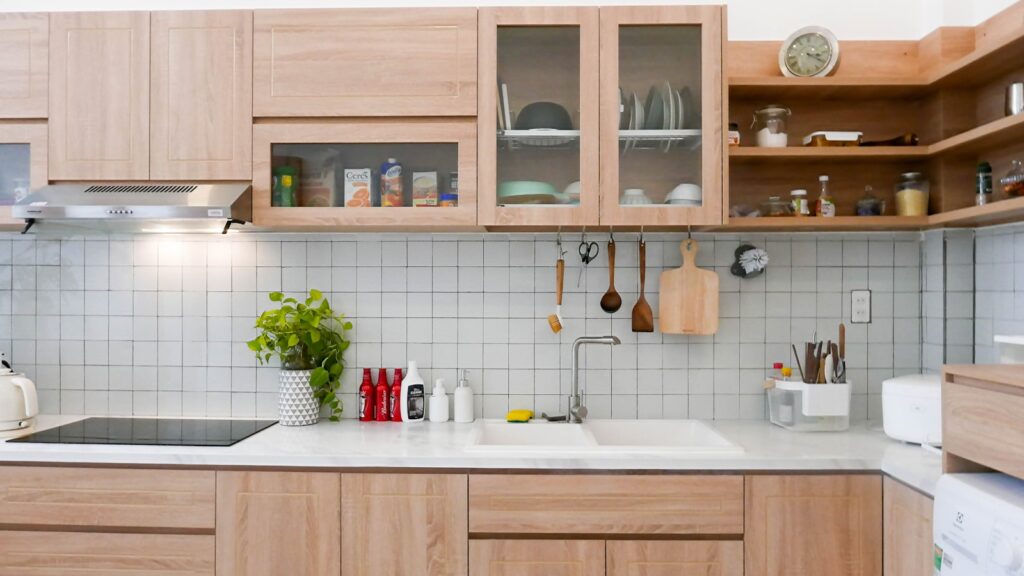
Selecting the right materials defines your kitchen’s longevity and appeal. In the 1990s, granite countertops became a symbol of lasting strength, while quartz soon followed for its stain resistance. Cabinet finishes, flooring, and backsplashes must handle heat, moisture, and daily wear. Opt for quality woods, composite stones, and easy-to-clean surfaces. Investing in durable materials upfront prevents long-term issues and keeps your kitchen looking fresh. Practical beauty always outlasts fleeting design trends in a busy home.
5. Maximize Efficient Storage
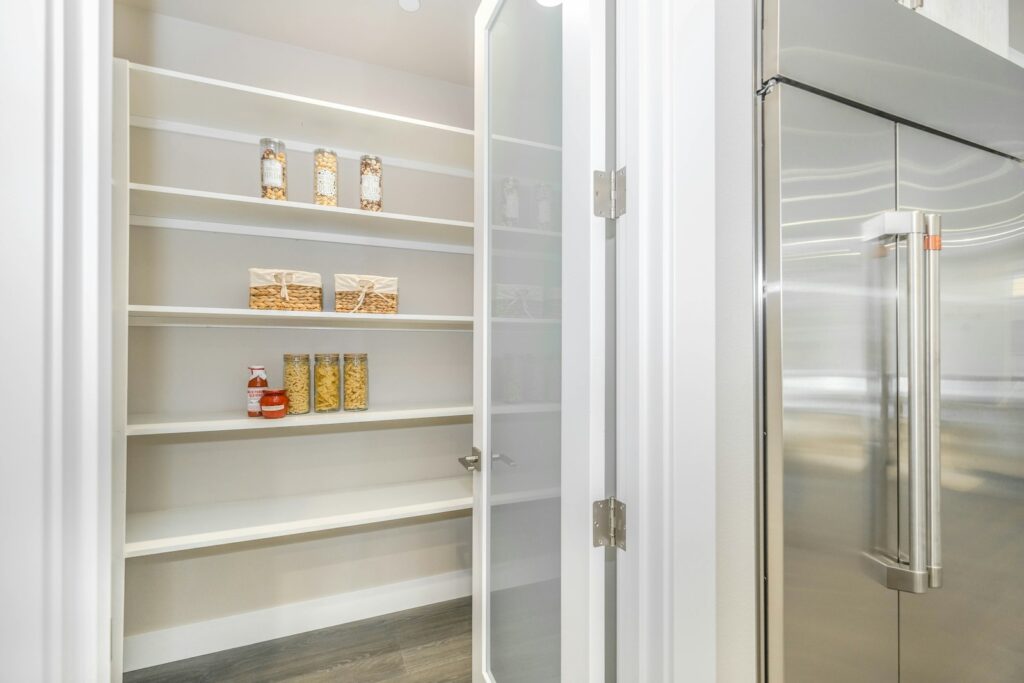
Good storage design transforms clutter into calm. Modern cabinetry systems, first popularized in the early 2000s, emphasize hidden compartments, deep drawers, and vertical shelving. Think of your kitchen like a puzzle; every inch should have purpose. Pull-out trays, lazy Susans, and hanging racks all improve organization. Smart storage makes cooking smoother and tidying up quicker. A kitchen with proper storage not only looks sleek but also creates a sense of order and simplicity in daily routines.
6. Invest in the Right Appliances
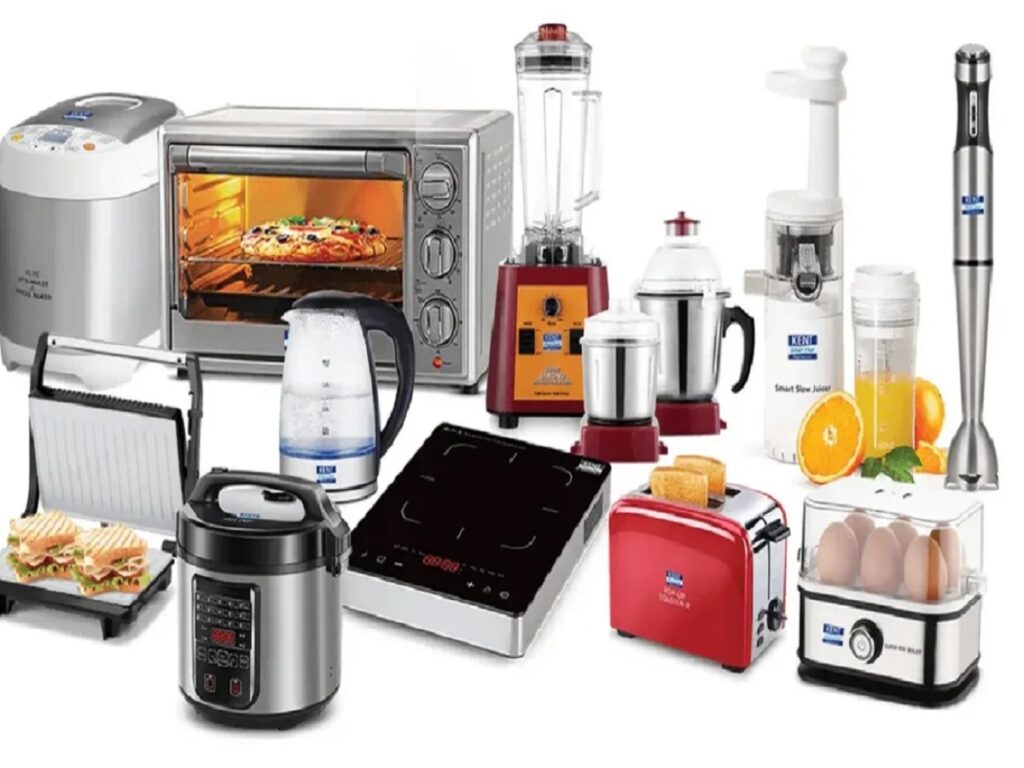
Appliances are the backbone of functionality. In recent years, energy-efficient and smart appliances have reshaped kitchen planning. From induction cooktops to built-in refrigerators, technology enhances both convenience and sustainability. Choose appliances that align with your cooking habits and available space. Oversized units may overwhelm small kitchens, while compact designs save space without sacrificing performance. Prioritizing quality, energy-saving models ensure a balance of function, style, and eco-conscious living for years to come.
7. Focus on Proper Ventilation
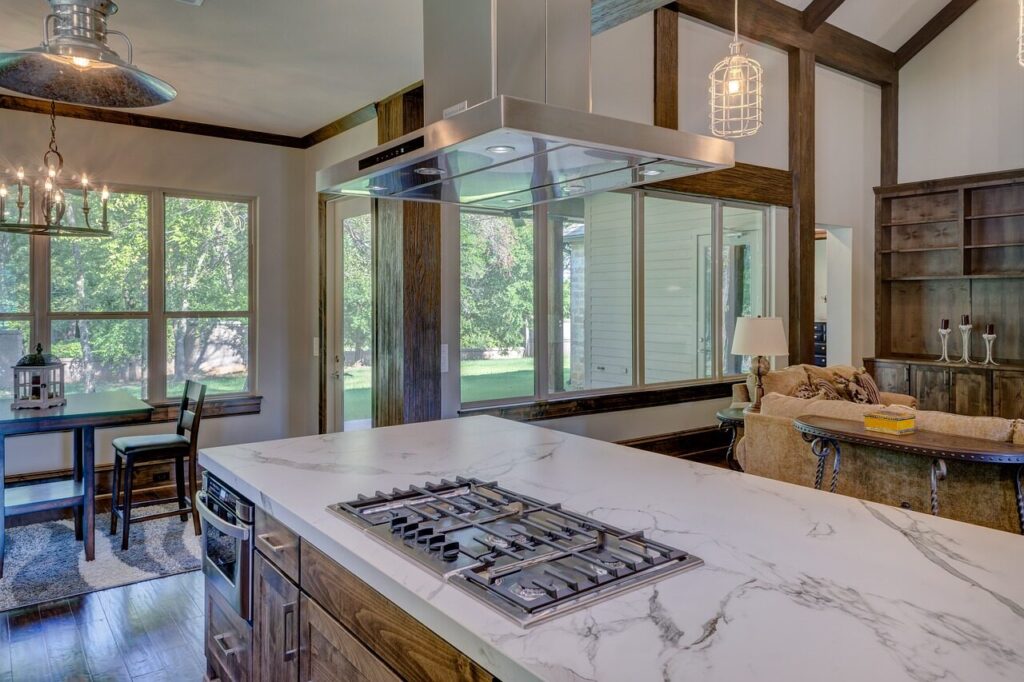
Ventilation became essential in modern design during the 1970s, when range hoods became a standard kitchen feature. Effective airflow eliminates odors, smoke, and excess heat, preserving both indoor air quality and cabinetry condition. Today’s systems are quieter, sleeker, and more powerful. Whether you prefer a statement hood or hidden venting, good ventilation keeps your kitchen fresh. It’s one of the most overlooked yet vital aspects of ensuring long-term comfort and cleanliness in everyday use.
8. Incorporate Thoughtful Lighting Layers
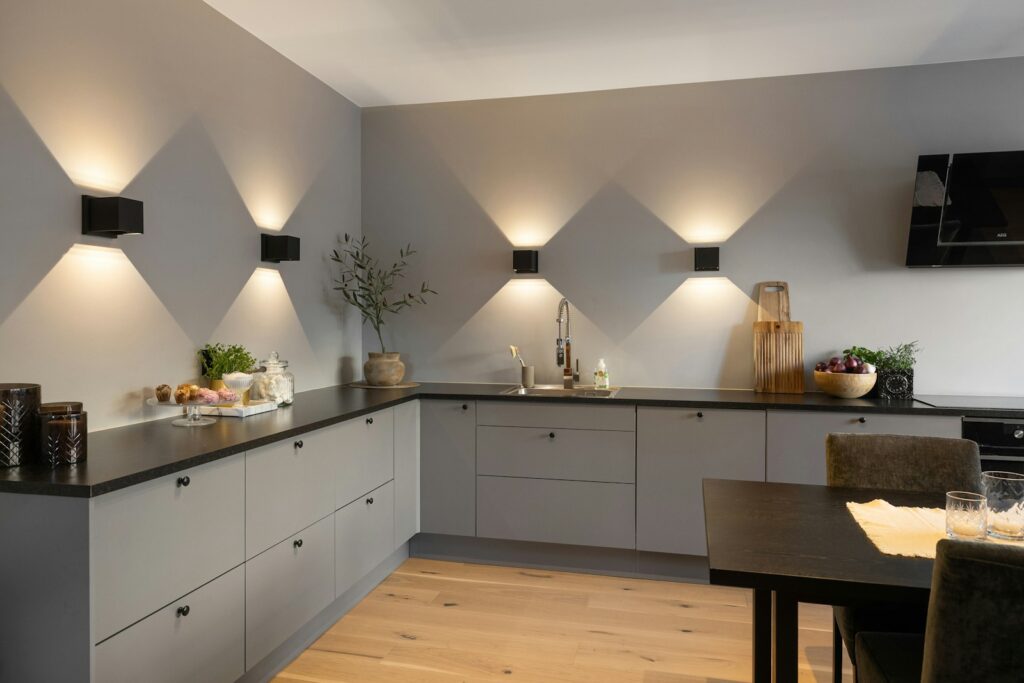
Layered lighting is a game-changer. Modern designers recommend combining ambient, task, and accent lighting to create dimension. Overhead lights provide brightness, while under-cabinet LEDs and pendant lamps enhance visibility and mood. This trend gained traction in the 2010s for its flexibility and aesthetic appeal. Adjustable lighting allows you to shift from cooking mode to relaxed dining ambiance effortlessly. Well-planned illumination adds both sophistication and comfort, making every corner feel warm and purposeful.
9. Maintain a Clean and Organized Space
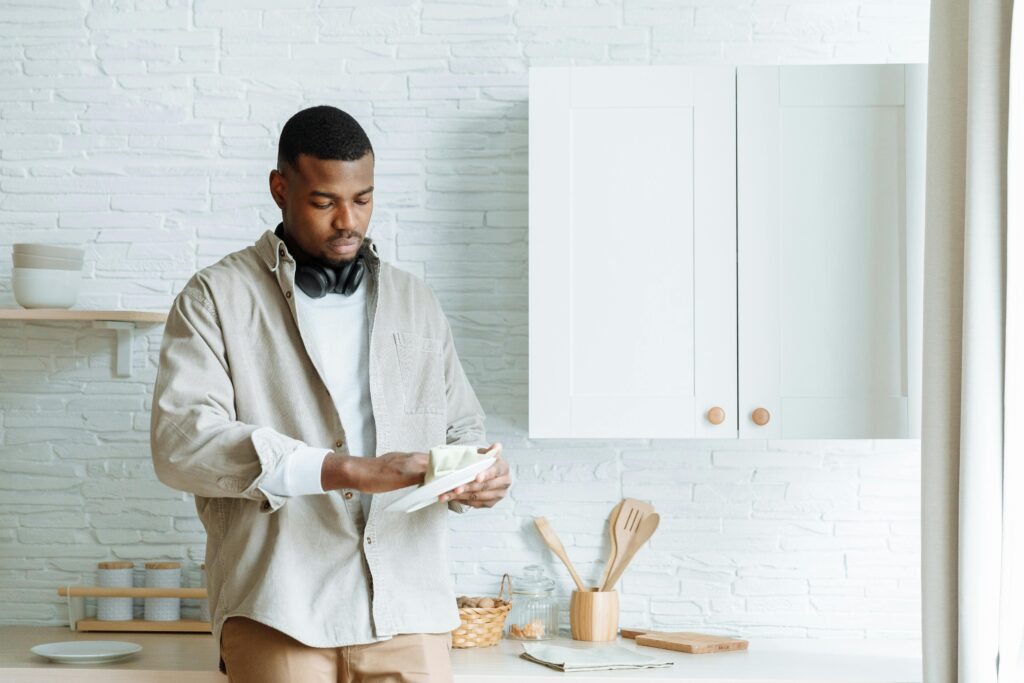
A beautiful kitchen should also be easy to maintain. Smooth surfaces, minimal grout lines, and closed cabinetry were first emphasized in the 2000s for easy upkeep. Choose finishes that resist fingerprints and stains, such as matte coatings or stainless steel. Thoughtful organization, like dedicated waste zones and hidden storage, simplifies daily tasks. An easy-to-clean kitchen saves time and preserves its new look longer, keeping it fresh, tidy, and inviting without constant effort or stress.
Comments